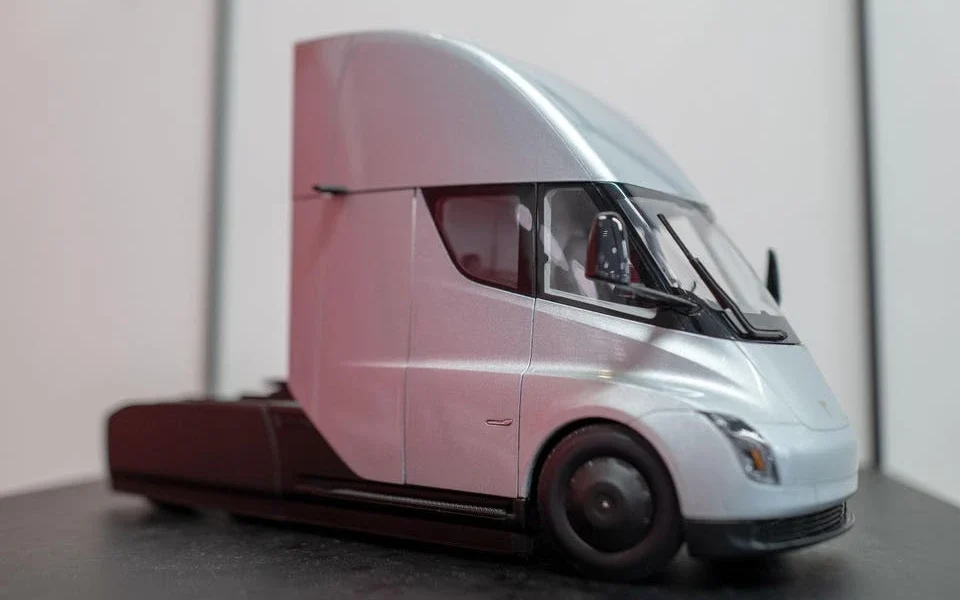tesla Semis Don’t Have Full Autopilot (and That’s A Very Good Thing)
As the much-anticipated Tesla Semi trucks hit the road, a notable distinction from the company’s electric Cars emerges. While Tesla’s semitrucks offer limited autonomous driving capabilities, this should be viewed as a positive aspect.
The Unique Features of Tesla Semi
The Tesla Semi, a Class 8 semi-truck, is equipped with essential hardware to support enhanced autopilot but does not offer an upgrade to the full suite of autonomous driving features available in Tesla’s electric Cars.
With its first consumer deliveries commencing in 2022, the Tesla Semi is making its presence felt on the roads. Notably, PepsiCo became the initial recipient, with its fleet currently comprising around 100 Tesla Semis, marking the advent of a new era in transportation.
The Safety Advantage of Limited Autopilot
Tesla’s decision to limit the autonomy of the Semi trucks is underpinned by the crucial aspect of safety. This approach is particularly prudent given the recent recall of over 2 million Tesla Cars due to a safety issue with the Autopilot software.
Amid concerns related to driver misuse of the advanced driver-assistance feature, the National Highway Traffic Safety Administration has emphasized the need for measures to prevent over-reliance on autonomous driving systems.
The Potential Hazards of Autonomous Driving in Trucking
With truck drivers working extended hours and being incentivized to cover more miles, the proclivity for overdependence on autonomous driving could lead to hazardous scenarios. The weight and power of the Tesla Semi further accentuate the need for caution.
Consider the stark contrast in weight between the average mid-size sedan and a fully loaded Tesla Semi, culminating in a significant increase in kinetic Energy and the potential for severe accidents.
Addressing the Misuse of Autopilot feature
Acknowledging instances of accidents while the Autopilot software was engaged, regulatory inquiries and investigations have shed light on the critical need to ensure that drivers maintain alertness and readiness to intervene during autonomous driving.
While Tesla’s vision for fully self-driving vehicles remains unwavering, the cautious approach in regulating the autonomy of the Semi trucks is indicative of a responsible stance that prioritizes safety.
The Future of Autonomous Trucking
As the transportation industry embraces advanced technologies, the evolution of autonomous trucking presents a transformative landscape. It is imperative to ensure a gradual and deliberate integration of autonomous features, particularly in heavy-duty vehicles like the Tesla Semi.
With ongoing advancements in driver-assistance systems and the pursuit of enhanced safety measures, the potential for achieving a harmonious balance between autonomy and human intervention is within reach.
Source: forbes







No Comments